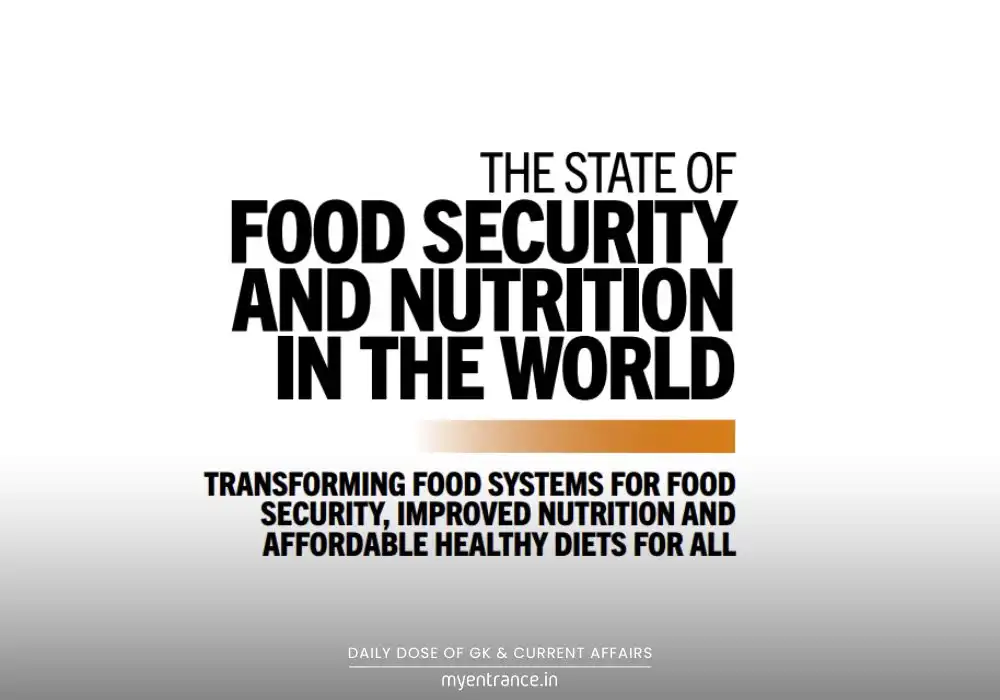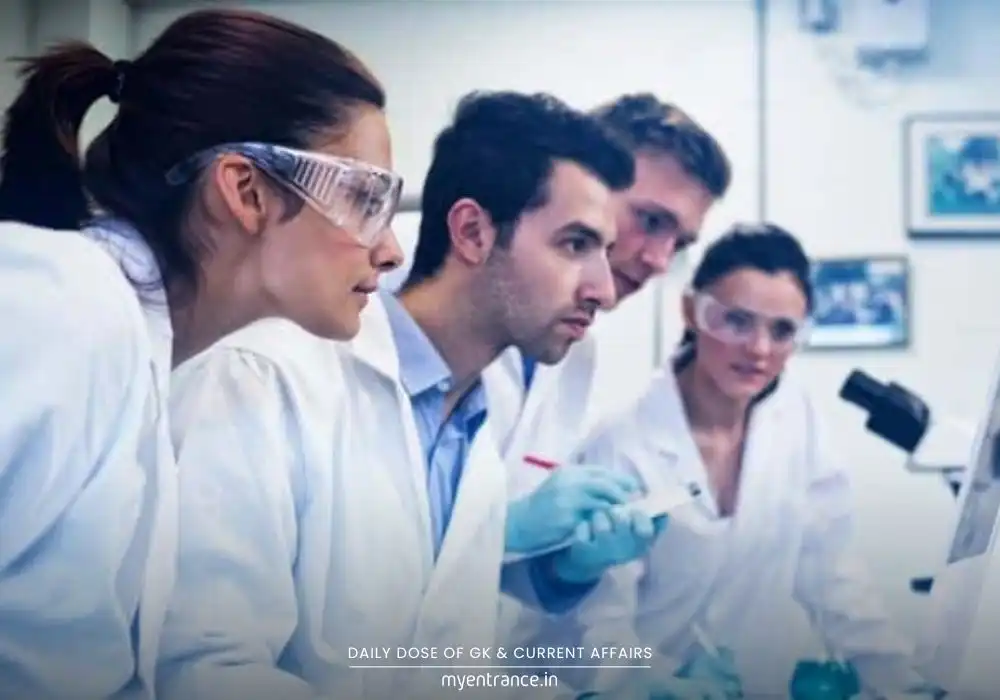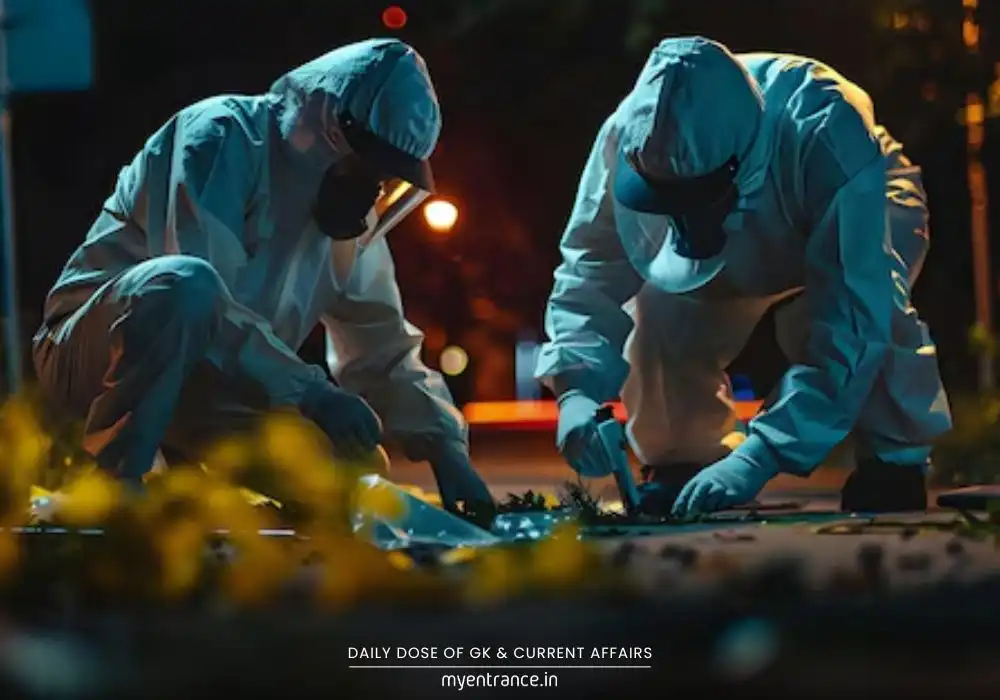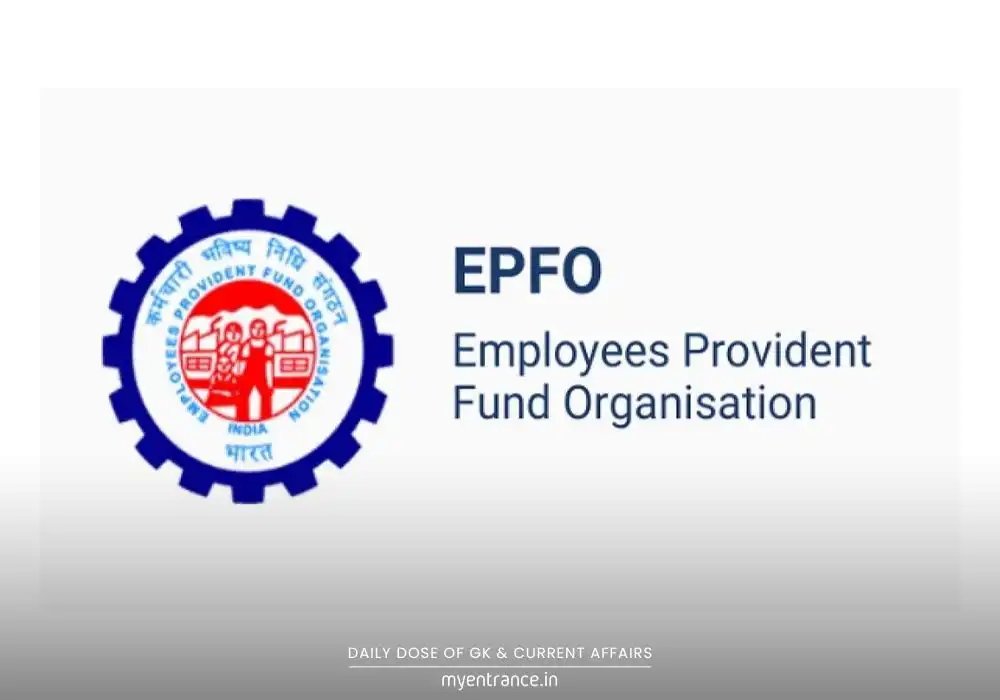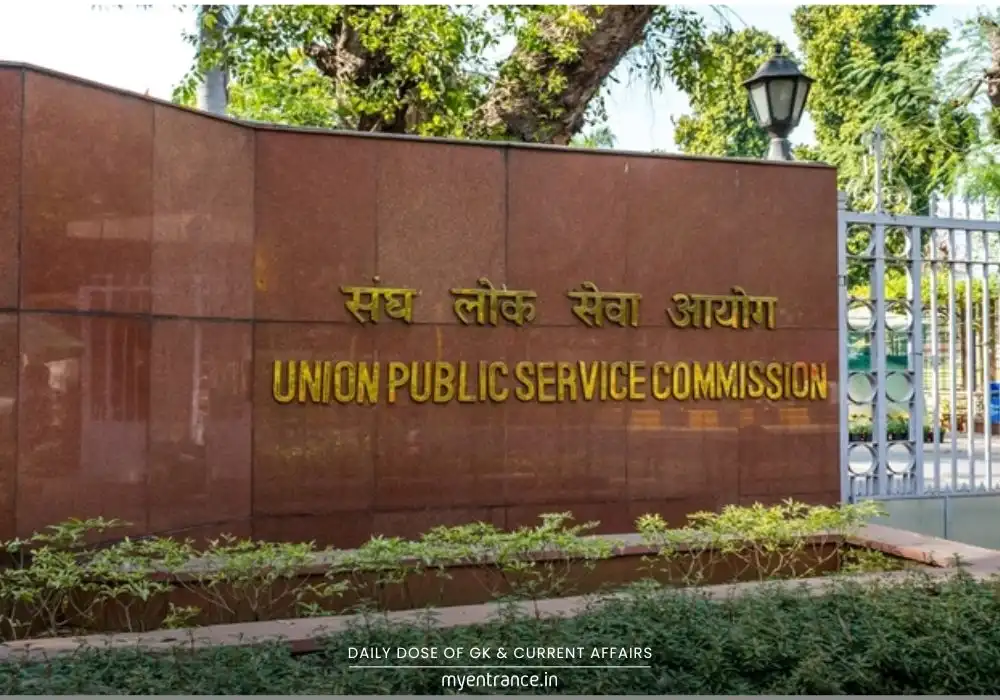Select Language
Microplastics in Your Blood: The Silent Heart Risk Everyone Should Know
This complete guide reveals a critical environmental health topic: microplastics. At myentrance.in, we make complex GK topics like this easy to learn through smart online preparation – your best site for exam-ready insights.
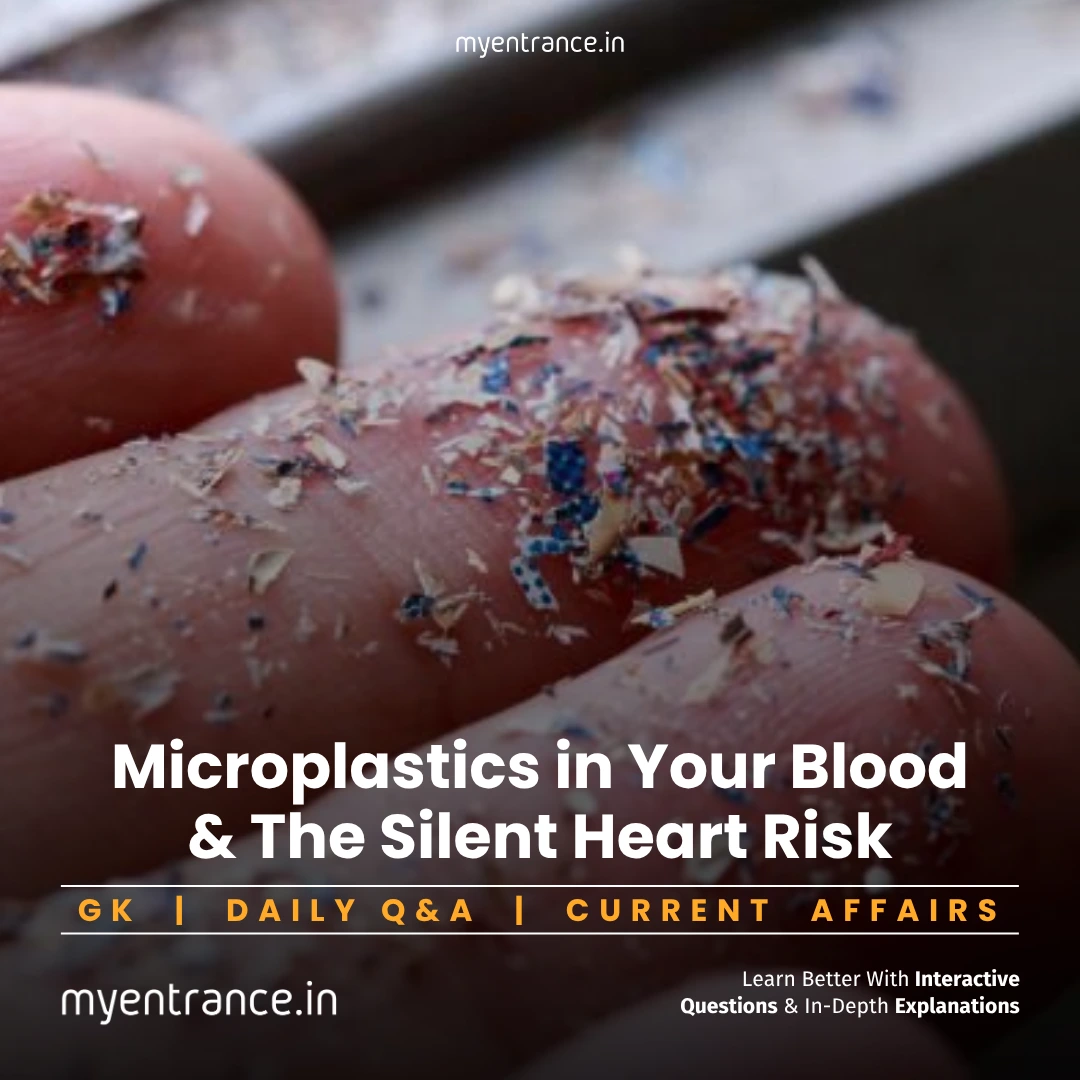
What Are Microplastics?
Microplastics are plastic fragments smaller than 5mm – think grain-sized pollutants invading water, food, and even the air. They come in two forms:
Primary: Manufactured tiny plastics (e.g., cosmetics microbeads).
Secondary: Broken pieces from larger plastic waste like bottles or packaging.
Common types include PET (bottles), PVC (pipes), and polypropylene (food containers). These non-biodegradable particles survive centuries in our ecosystems.
How They Invade Us
Everyday exposure routes are alarming:
Inhaling airborne particles
Consuming contaminated water, salt, seafood, or crops
Skin contact with synthetic fabrics
Once inside, microplastics infiltrate organs like the brain, liver, lungs, and heart. Studies confirm they carry toxic additives and heavy metals, worsening their damage.
Health Impacts: More Than Just Heart Risks
Research links microplastics to:
Gut inflammation and respiratory issues
Kidney/liver damage
Reproductive disorders
Neurological problems
Cardiovascular diseases (CVDs)
The Heart-Plastic Connection
Cardiovascular diseases cause 27% of deaths in India. Recent global studies reveal microplastics in heart tissues and arteries (coronary, carotid, aorta). They trigger:
Oxidative stress leading to arterial plaque (atherosclerosis)
Inflammation causing heart attacks/strokes
Arrhythmias and heart failure
Cardiac patients show higher microplastic concentrations than healthy people. Worse, particles like PVC/PET correlate with severe outcomes: heart failure, strokes, and even death.
India’s Research Gap & Solutions
No Indian studies yet confirm microplastic cardiotoxicity here. Limitations include small sample sizes and overlapping pollution factors. But hope exists:
India’s 2022 ban on single-use plastics
Global UN negotiations for a 2025 Plastic Treaty
The 3R solution: Reduce, Reuse, Recycle waste
Switching to biodegradable alternatives like PHA bioplastics
Why This Matters for SSC/PSC/NID/NIFT/UCEED Exams
Current Affairs Weightage: Environmental issues dominate GK sections.
Design Relevance: Sustainable design is a hot topic in studio tests/interviews.
Health Awareness: Exams test holistic knowledge – including societal challenges.
Competitive Edge: Unique insights impress evaluators.
Sample GK Questions & Answers
Q: What size defines microplastics?
A: Particles smaller than 5 millimeters.
Q: Name two types of microplastics with examples.
A: Primary (cosmetic microbeads) and Secondary (degraded plastic bottles).
Q: How do microplastics enter the human body?
A: Through inhalation, contaminated food/water, and skin contact.
Q: Which heart condition is linked to microplastic-induced plaque buildup?
A: Atherosclerosis (arterial narrowing).
Q: What major step did India take against plastic pollution in 2022?
A: Nationwide ban on single-use plastics.
Most Predicted Questions
Comprehensive study materials, Expert-guided tips & tricks, Mock tests and instant results.
Start your SSC, NIFT, NID, FDDI, PSC journey today with MyEntrance, your ultimate online coaching platform.





